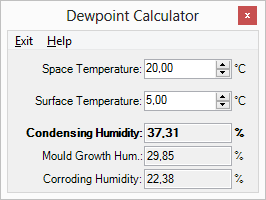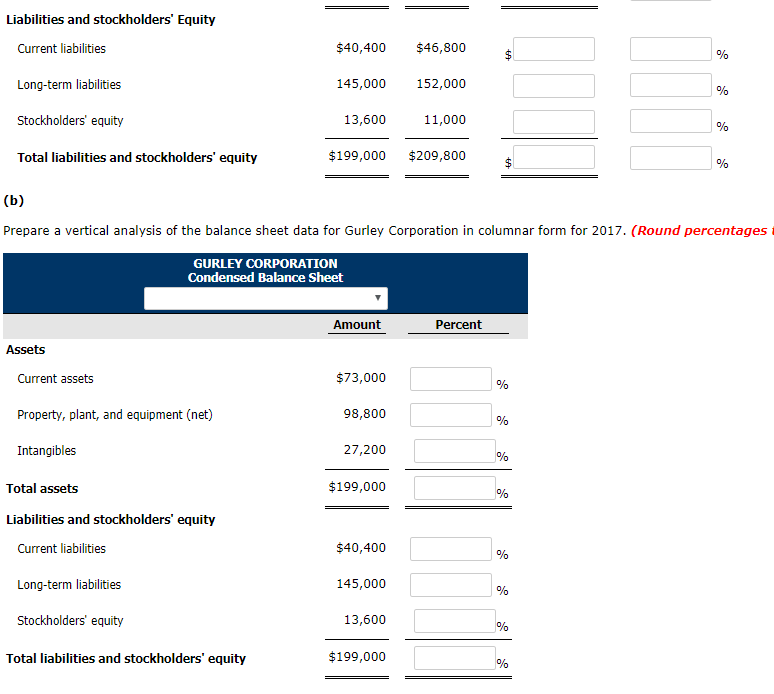
kW Rating - Calculate steam flow rate vs.

Energy Transfer Equation - Fluid energy transfer.

This is a short tutorial about convective heat transfer. Convective Heat Transfer - Heat transfer between a solid and a moving fluid is called convection.Carnot Efficiency - The efficiency of the Carnot cycle.Arithmetic and Logarithmic Mean Temperature Difference - Arithmetic Mean Temperature Difference in Heat Exchangers - AMTD - and Logarithmic Mean Temperature Difference - LMTD - formulas with examples - Online Mean Temperature Calculator.Thermodynamics - Thermodynamics of steam and condensate systems.Where Z is the Z-value for the chosen confidence level, X̄ is the sample mean, σ is the standard deviation, and n is the sample size. Only the equation for a known standard deviation is shown. For the purposes of this calculator, it is assumed that the population standard deviation is known or the sample size is larger enough therefore the population standard deviation and sample standard deviation is similar. Depending on which standard deviation is known, the equation used to calculate the confidence interval differs. For a sample size greater than 30, the population standard deviation and the sample standard deviation will be similar.

If the population standard deviation cannot be used, then the sample standard deviation, s, can be used when the sample size is greater than 30. For example, the following are all equivalent confidence intervals:Ĭalculating a confidence interval involves determining the sample mean, X̄, and the population standard deviation, σ, if possible. It can also be written as simply the range of values. The range can be written as an actual value or a percentage. The desired confidence level is chosen prior to the computation of the confidence interval and indicates the proportion of confidence intervals, that when constructed given the chosen confidence level over an infinite number of independent trials, will contain the true value of the parameter.Ĭonfidence intervals are typically written as (some value) ± (a range).

The confidence level, for example, a 95% confidence level, relates to how reliable the estimation procedure is, not the degree of certainty that the computed confidence interval contains the true value of the parameter being studied. In statistics, a confidence interval is a range of values that is determined through the use of observed data, calculated at a desired confidence level that may contain the true value of the parameter being studied.


 0 kommentar(er)
0 kommentar(er)
